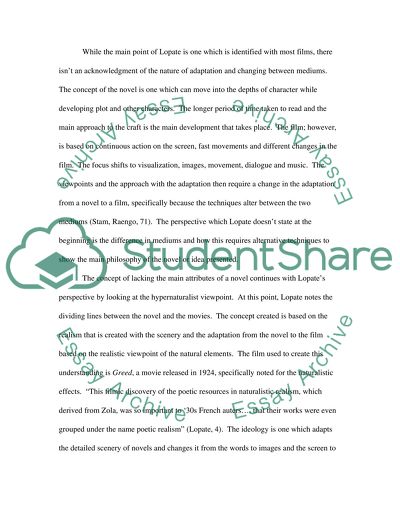Cite this document
(“The Difficulties of Film Adaptation: Finding a median Essay”, n.d.)
Retrieved from https://studentshare.org/visual-arts-film-studies/1431963-the-difficulties-of-film-adaptation-finding-a
Retrieved from https://studentshare.org/visual-arts-film-studies/1431963-the-difficulties-of-film-adaptation-finding-a
(The Difficulties of Film Adaptation: Finding a Median Essay)
https://studentshare.org/visual-arts-film-studies/1431963-the-difficulties-of-film-adaptation-finding-a.
https://studentshare.org/visual-arts-film-studies/1431963-the-difficulties-of-film-adaptation-finding-a.
“The Difficulties of Film Adaptation: Finding a Median Essay”, n.d. https://studentshare.org/visual-arts-film-studies/1431963-the-difficulties-of-film-adaptation-finding-a.


